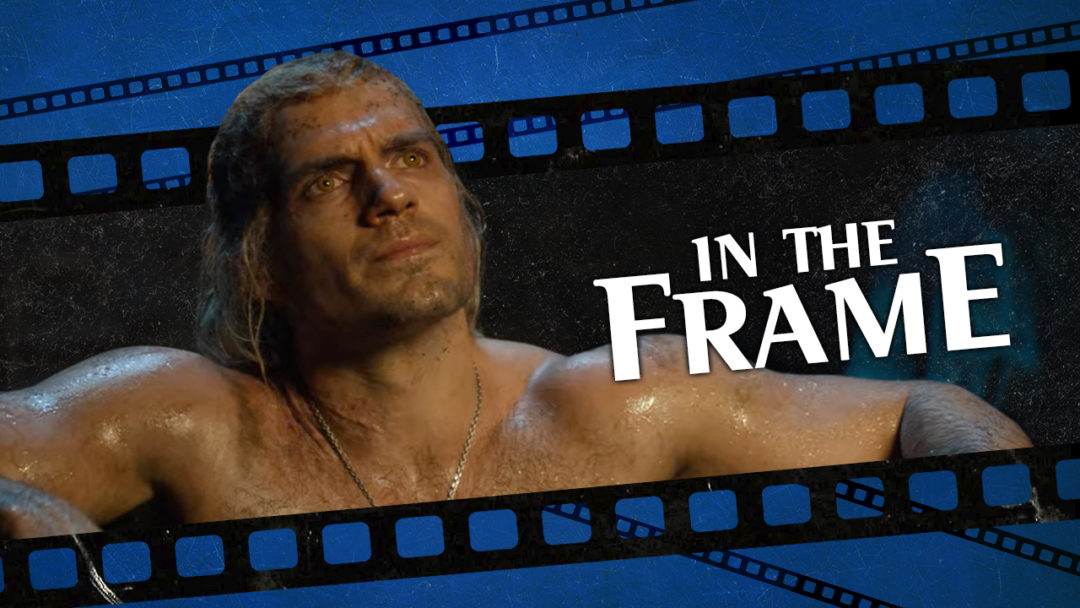The Witcher resides in the uncanny valley, although not the one that audiences might expect.
The Witcher is an impressive accomplishment in purely technical terms. It is the story of a monster hunter who tracks a variety of supernatural beasts across a vast continent. The show includes a recognizable cast led by Henry Cavill, was filmed across Spain, Poland, and Hungary, and features a wealth of computer-generated spectacle. It looks impressive (perhaps sans some of the creatures), even by the lavish standards of Netflix.
However, watching The Witcher, it is striking how the series seems to exist in a weird liminal space between two extremes. It simultaneously engages in what viewers expect of prestige television and also in more old-fashioned episodic storytelling, with the results being as if Showtime had produced Game of Thrones in 1999.
The show is transparently a product of the era of prestige television. Much like the Lord of the Rings series at Amazon, it exists largely as Netflix’s contender in the race for “the next Game of Thrones.” It is, of course, debatable whether this is the best approach, whether “the next Game of Thrones” will even be a high-budget fantasy series. Nevertheless, this is how the chips have fallen.
The Witcher wears its ambitions on its sleeve. The show borrows quite a few conventions from Game of Thrones, particularly the emphasis on sigils that appear in the opening title cards. “The End’s Beginning” immediately immerses itself in the sort of world-building politics associated with Game of Thrones, with the Kingdom of Cintra attacked by its Nilfgaardian rivals.
These sequences lean on overly detailed exposition to create the sense of a living and breathing world. “The Nilfgaardian force crossed the Amell Pass,” the audience is told. “Headed to Sodden, if they’re smart.” However, the viewer is assured, “Fifty of your Skelligen ships are on the way.” The Witcher almost assumes that those watching the series have a map of the continent on hand.

Even beyond these similarities to Game of Thrones, The Witcher indulges in the trappings of prestige television. Henry Cavill is a movie star, headlining projects like Man of Steel and The Man from U.N.C.L.E. The show regularly indulges in nudity, at least some of which is gratuitous. The characters pepper their speech with the sort of language that one might expect to find on HBO.
However, The Witcher never feels entirely comfortable as a product of the age of prestige television. Indeed, certain elements of the show hearken back to a simpler era of television production, adopting a format that is quite close to the “case of the week” formula that audiences have come to expect from procedurals like CSI or Law & Order. Arguably each of the eight episodes assigns Geralt a case to work.
To be fair, there are strongly serialized elements of The Witcher. The first season explores the relationship that exists between Geralt and both Yennefer of Vengerberg (Anya Chalotra) and Princess Cirilla of Cintra (Freya Allan). These relationships build and deepen over multiple episodes, as they would in any serialized narrative. They all build towards the season climax in “Much More.”
However, unlike a lot of streaming era series, The Witcher makes a point to clearly define and distinguish its individual episodes. Each of the first six episodes casts Geralt in a formulaic story. Geralt arrives in a location, is drafted into a hunt for a monster, and then uncovers some more complicated truth hidden beneath the seemingly obvious setup. Despite a limited run of eight episodes, The Witcher very quickly establishes a storytelling template.
This is largely a matter of practicality. The first season of The Witcher is about setting the table for the story ahead. This is why Netflix would renew the show before those episodes were even released. These episodes are largely drawn from Andrzej Sapkowski’s short stories (collected as The Last Wish and Sword of Destiny) rather than his full-length novels. It is a prelude, a teaser season.

Nevertheless, there are other aspects of The Witcher that feel like they belong to an earlier era of television. Perhaps the most obvious example is the character of Jaskier (Joey Batey), the bard who is drawn to Geralt in “Four Marks.” Jaskier is transparently comic relief, playing a goofy scene partner to Geralt’s stoic tough man.
Modern prestige television tends to avoid relegating characters exclusively to comic relief, instead treating a sense of humor as an extension of a character. Characters who are funny are rarely exclusively funny. Indeed, many prestige comedies aren’t even especially funny – a fact that has been both noted in discussions of “post-comedy” and even spoofed by Saturday Night Live.
On Game of Thrones, Tyrion (Peter Dinklage) has both a sharp wit and tremendous pathos. On Westworld, Lee Sizemore (Simon Quarterman) has a big mouth but grows into an audience surrogate. On Breaking Bad, Jesse Pinkman (Aaron Paul) has a cool catchphrase and incredible charm but a harrowing character arc.
In contrast, the dynamic between Geralt and Jaskier is almost reassuringly simple. This feels like a prestige-era update of the relationship between Hercules (Kevin Sorbo) and Iolaus (Michael Hurst) from Hercules: The Legendary Journeys or Xena (Lucy Lawless) and Gabrielle (Renee O’Connor) in Xena: Warrior Princess.
This juxtaposition between the trappings of prestige television and the older episodic structure is occasionally jarring, such as when a fantasy character like Geralt works the crime scene around a monster attack. “His heart’s missing along with his liver,” he remarks during an impromptu autopsy in “Betrayer Moon.” “Only one creature I know is that picky an eater.”

As Geralt steps into a cloud of mist inside a castle in “Bottled Desires,” like something from a ’90s fantasy series, there is something surreal in the monster hunter’s confused and frustrated cable-ready protestation — “The fuck?” The dynamic is reversed as he makes his way through an orgy worthy of Game of Thrones and Westworld to earnestly tell Yennefer, “I… brought you apple juice.”
This approach is a double-edged sword. On the one hand, there’s a sense that The Witcher might have been smarter to pick a consistent style and tone. At points, it is caught between two competing and irreconcilable extremes. During its first season, The Witcher occasionally pivots awkwardly between goofy camp and aching sincerity, with only limited success.
On the other hand, this approach gives the first season of The Witcher a distinct flavor. As much as The Witcher might aspire to be Game of Thrones, it ultimately ends up something more interesting than a lifeless imitation. More than that, its rigid adherence to an episodic structure helps the show to avoid the dreaded “Netflix bloat,” even as its episodes occasionally feel a little too long.
In an era where television producers seem to be looking for the future of television in “the next Game of Thrones,” The Witcher offers a stranger alternative. The Witcher reverses the dynamic, suggesting a weird point of intersection between the aesthetics and style of Game of Thrones and a much older television template.
The results are certainly uncanny, but never truly monstrous.






Published: Jan 3, 2020 11:00 am